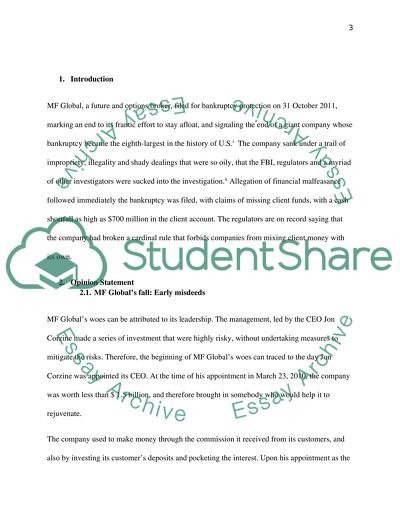Cite this document
(“Corporate malfeasance: MF Global Essay Example | Topics and Well Written Essays - 2500 words”, n.d.)
Retrieved from https://studentshare.org/law/1404253-business-law
Retrieved from https://studentshare.org/law/1404253-business-law
(Corporate Malfeasance: MF Global Essay Example | Topics and Well Written Essays - 2500 Words)
https://studentshare.org/law/1404253-business-law.
https://studentshare.org/law/1404253-business-law.
“Corporate Malfeasance: MF Global Essay Example | Topics and Well Written Essays - 2500 Words”, n.d. https://studentshare.org/law/1404253-business-law.


